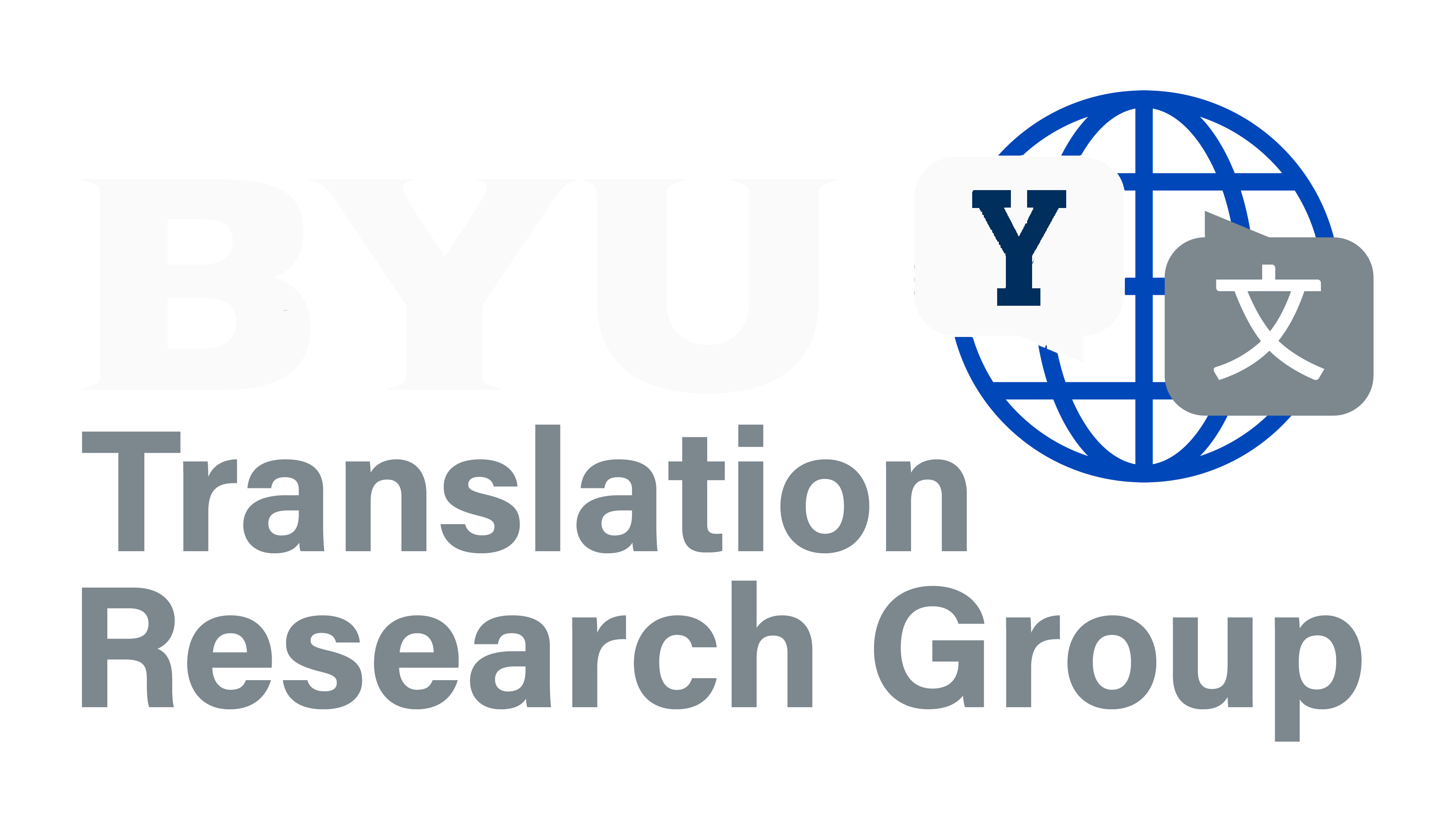How to use it?
Give us your Feedback
ATA Corpus Help Page
Below you'll find answers and overviews for core features and concepts within the ATA Corpus platform.
What is an ATA Exam?
The ATA certification exam is a rigorous test in which candidates translate a set of passages from a source language into a target language. Each candidate receives:
-
Three passages:
- Passage A: General content (must be completed to pass)
- Passage B: Scientific or medical content
- Passage C: Legal or business content
- Candidates must translate Passage A plus either Passage B or C.
Exams are handwritten and subsequently anonymized to protect test takers' and graders' identities. The ATA provides all exam data and mandates the removal of any identifying marks. Grading is performed by ATA-certified reviewers, nearly all of whom are highly proficient native speakers of the target language. Each completed translation is scored using the ATA error framework; every error is logged with a specific type and severity, contributing to the candidate's overall score. Errors are also cross-mapped to the MQM (Multidimensional Quality Metrics) standard for advanced research and comparison purposes.
Generally, each exam is reviewed by two graders, with exceptions for incomplete exams or significant error thresholds. If graders disagree, a third grader may be assigned. Candidates must not exceed 18 error points to pass.
